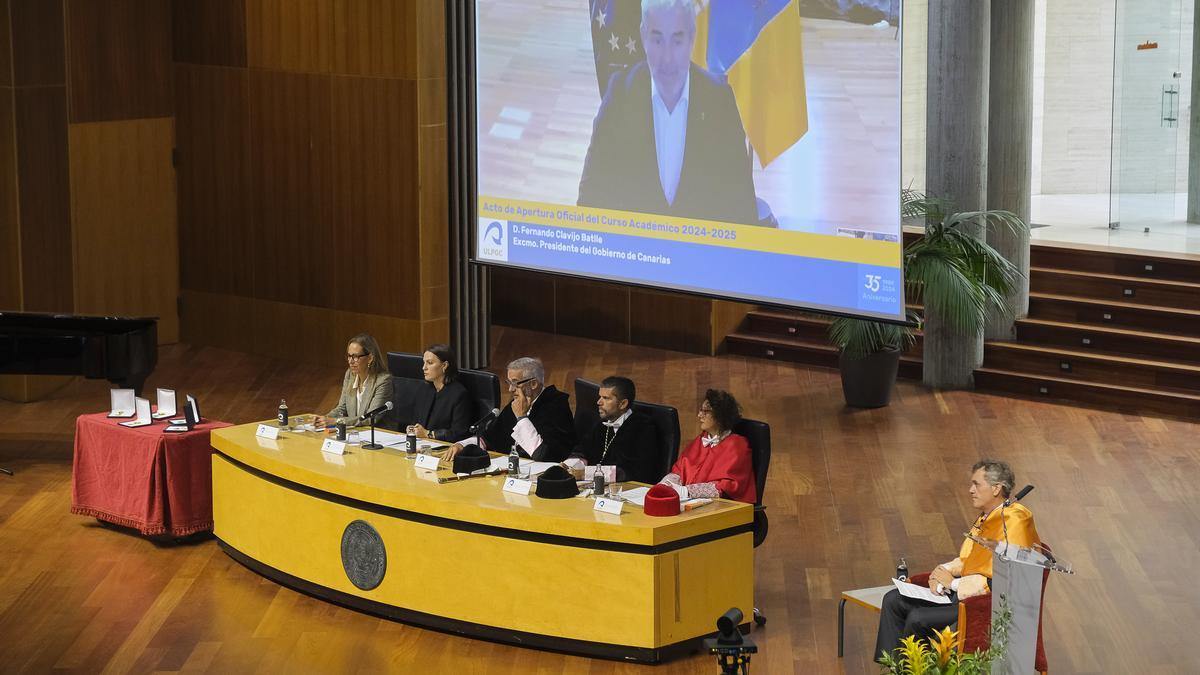MEXICO CITY (EFE) – Experiments on composite materials for the design and construction of aircraft, the arrangement of satellite cameras, electronic devices, computers and environmental sensors, among other equipment made in Mexico will be part of a mission by the National Aeronautics and Space Administration (NASA) in the United States.
The Ministry of Infrastructure, Communications and Transport, through the Mexican Space Agency (AEM), reported yesterday that the new technology and components developed in the country “will be tested on a NASA mission” in the middle of this month.
Experiments on this technology, installed in the EMIDSS-5 module (Experimental Module for Iterative Design of Satellite Subsystems-5), will be carried out at the invitation of NASA to the National Polytechnic Institute, the project coordinator, as explained by the agency's Mexican director general, Salvador Landeros.
Mario Alberto Mendoza, EMIDSS program leader and researcher at the IPN's Aerospace Development Center (CDA), declared that the mission, in which UNAM's Institute of Applied Sciences and Technology and the Institute of Technology and Higher Studies of the West participated, is “a great boost for Mexican talent.”
He explained that EMIDSS-5 is a technological unit for stratospheric tests related to the design and development of devices, which after the experiment “will be transferred to the development of Mexican orbital space” in the conceptual design phase, in particular low-orbit satellites, such as Tepeu 1 and ETSAT-1.
From the polytechnic
Mendoza added that the unit carries experiments from the Polytechnic School, such as Stern-Cecyt-19, which aims to evaluate “stratospheric composite materials that will contribute to the design and construction of Mexican aircraft in the future.”
Another tool is called Upiita-IPN and its purpose is to “evaluate the performance and control of a set of satellite cameras coordinated by a microcontroller.”
Likewise, there are two NanoSat modules equipped with electronics, computers, environmental sensors, GPS, voltage regulators and mechanical stabilization devices corresponding to the Tepeu-1 and Itesat-1 projects.
The Mexican Space Agency is providing the AEM-Optic-1 proof-of-concept instrument, which will obtain satellite data and images of the stratospheric environment, which will be used in climate change research.
This collaboration adds to the educational and collaborative agenda of AEM and NASA, which has been endorsed by the Federal Government, UNAM, IPN and the Senate.
Task space
NASA will launch EMIDSS-5 next week from Fort Sumner, New Mexico.
continuation
EMIDSS-6 will launch in December from McMurdo Base in Antarctica.
entrance
The Mexican Space Agency is contributing its proof-of-concept instrument, AEM-Optic-1, to the mission, which will launch this month.





